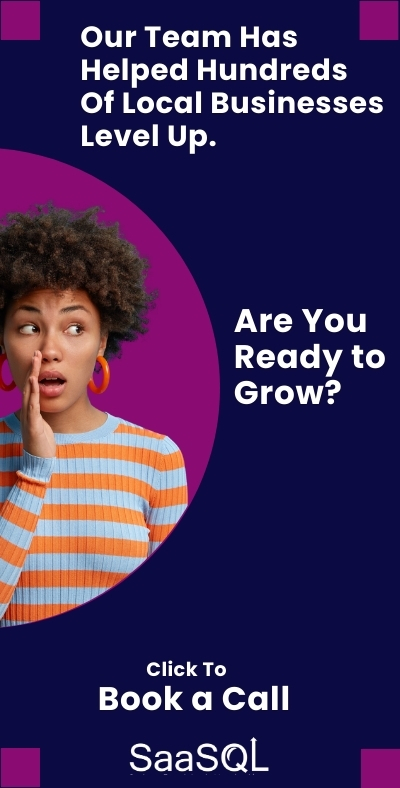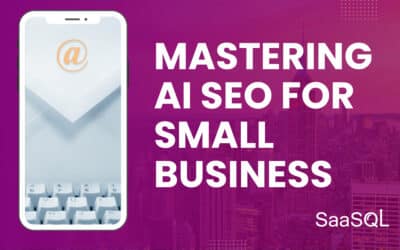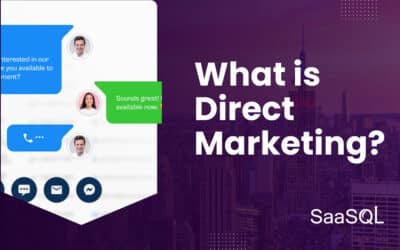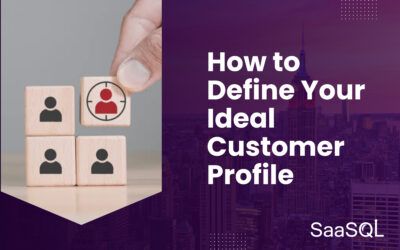Buckle up, this is going to be a longer post. It’s also free from B.S., clean from clutter and the Absolute, 100% Most Efficient Way to use marketing to grow your business.
To do that, we are going to demystify some next-gen concepts and buzzwords, while conveniently removing the thinly veiled sales hooks, opt-in requests and bro-speak that permeates digital marketing. In other words, we aren’t asking anything of you…except maybe share this article or link to it if you find it valuable. If, at the end you’d like to work with an agency that’s pretty darn good at this stuff, we’re not hard to find. So, let’s get to it. First, a quick recap of the problem: over the last 20 years, we stopped thinking about marketing as a strategy. Instead, we gradually turned it into a series of tactics, each of which has their own disparate goals. Because we want to feel strategic, we call these goals “KPIs”, and actually feel like we’re being strategic. Unfortunately, these disconnected initiatives have largely resulted in warring priorities, constantly changing algorithms (to thwart those who would game the systems), rising customer acquisition costs, and a couple of deep black eyes on an entire industry that inconveniently forgot what marketing really is. But enough with the prose. Here’s the solution, step by step. If you’ve got the first few steps covered, (GOOD!) continue to the next.
PART ONE – YOUR INFRASTRUCTURE & CURRENT STATE
STEP ONE: Secure your infrastructure. NOTE: If you’re deficient on any of the following, the priority should be to get it fixed or ask for help. There are lot of free resources to help get this stuff done (SaaSQL included).

• As of today, you should be on Google Analytics 4, not Universal Analytics. And you should have all the necessary conversion tracking setup. By the way, if you haven’t heard, Universal Analytics disappeared in July, 2023.
• It’s important to have a customer relationship, lead management and automation platform that holds contact emails and phone numbers. This can be VERY inexpensive, so just do it, or ask for help.
• Make sure you’re tracking the source of every incoming lead. Don’t ask the prospect. Use your website conversion tools and call tracking. Again, the costs are incredibly low to do this. Don’t skip this step…every good thing revolves around it.
• You should have a website that is mobile responsive, and you should have your Google Business Profile & Social channels built, again with conversion tracking.
STEP TWO: Benchmark the current state.
• Analyze your Google Analytics to understand how much traffic you get, where it’s coming from, who is visiting and how many of them become a lead / customer.
• Calculate your average customer value and lifetime value. Calculate how much it is costing you to acquire a customer, today. The formula: (total monthly revenue / monthly marketing spend).
• Survey your current customers to find out why they chose to buy form you. Ask about their buying process. Ask who else they were considering. Please, stop asking how they found you. Especially don’t use that question to validate your marketing. It inevitably leads to poor decision-making.
• Do a “health check” to benchmark and consolidate the current performance metrics for all your marketing channels. This part might be hard, that’s why it’s the final step before section two.
PART TWO- AUTOMATION IS THE PRIORITY. THIS IS WHERE YOU WIN $$$ STEP 1- Automate communications to your customers and make use of their data profiles.
• To start, go after your current database first. Don’t spend a dollar on anything else until you are actively automating a marketing plan against current customers. Here’s what you do:
o Send (at least) a weekly email to all customers. Existing customer emails should be focused on education (priming the pump for repeat transactions), or requesting a referral.
o Inject all of your customer and lead data into your media buys. Export to a CSV file and upload to google, Facebook, etc. for more comprehensive targeting through lookalike audiences
o If you have recurring clients, do quarterly customer interviews (as the senior leader, don’t pawn it off) and stay in front of potential issues. Equally important, you’ll secure valuable marketing content from these interactions.
Step 2 – Create inbound lead automations. Wondering what Click funnels is? Decoded below. NOTE: Incidentally, Click Funnels can also be pricey…there are less expensive alternatives.
• First, consider that automated emails to your leads should be designed to help them make an informed decision. This means you help them understand their options.
• Think about automating your communications as a series of “If – then” statements. For example:
o IF somebody calls or fills out a form, but does not enter the pipeline, THEN your platform sends an email or text that teaches them how to buy your product.
o IF they schedule a consultation, but fail to buy, THEN the platform sends content about your experience, reviews and value.
o IF they open and read the message, THEN the platform automates a follow-up that entices action (like a great offer).
o IF they don’t open your message, THEN the message is sent again with a new subject line and different preview text.
• There are many IF-THEN frameworks. Take the time to map them and create all of the content you’ll need. It’s a little upfront work that has the power to result in a fortune in untapped sales potential. If you’re in the technology space, or your customer requires more nurturing before they’re likely to buy, your automations may include other areas of complexity…but thinking this way will get you started, and get results.
PART THREE- DEPLOY YOUR MARKETING BUDGET BASED ON DATA FROM PARTS 1 & 2 NOTE: Okay, now that we’ve covered the Absolute, 100% Most Efficient Way to Strategically Grow Your Business, let’s spend a moment talking about what comes next with a paid media strategy. Admittedly this is the hardest part and frankly, you may need a bit of help, here. It’s the lowest priority because Part One and Part Two statistically will result in your biggest gains. That being said, here are the key components to a strong paid strategy. Interestingly, while we’ve tagged this part as the lowest priority, this tends to be the place business owners and marketers place their full attention. This tends to be the foundational gap between highly performing marketing efforts, and some of the problems we’ve already outlined. At any rate, here are the priorities:
• Make sure your platforms reach your target customer. Look at the data, don’t assume. Never compare your habits and behavior against that of your customers. Never poll your employees and friends for the same information. This is the second-biggest mistake companies make. Look at the data, don’t assume.
• Know what marketing channels you’re buying based on the consumer decision making process. Some tools (like pay-per-click ads) influence consumers who are buyers, today. Other tools influence consumers who will be buyers next month. This is the biggest mistake companies make. If you have a limited budget, focus on today’s buyers…then scale up the funnel from there.
• Ideally, you have the budget to create an “Omni-channel” effort that communicates with prospective customers at each stage of their decision making process. If not, focus on the low-funnel, more immediate buyers and use your new automation process to convert a higher percentage of them.
• Once your campaign is launched, optimize with data right away. If you’ve got Part One & Part Two covered, then you’ve got a great system in place to track your results. Making use of that data means your budget should be a bit fluid. If your budget has been fixed for months at a time, something is wrong.
• And finally, if you’re a rockstar and you already have a handle on everything above, you’re ready to go next-next-level with a Dynamic Cross Channel campaign, which takes budget optimization to new and exciting places. This is another one of those SaaSQL things.
The truth is, building an effective marketing strategy has never been more complex. But if you follow these steps, in order of priority, your customer acquisition costs will absolutely decrease and you’ll recognize new revenue opportunities, along the way.







